Amidst plateauing iPhone sales, Apple's enhanced storage upgrade options have emerged as a significant profit driver.
Apple has long leveraged the strategy of encouraging iPhone users to opt for higher storage variants, significantly increasing the device's price. The approach has proved crucial in offsetting the otherwise stagnating revenues from iPhone sales.
Upgraded storage options do come with a higher price tag, ranging from an additional 10% to 50% of the base model's price. The value they offer can be significant, depending on the owner's use case.
RAM and Flash storage are commodities, and Apple has historically done very well buying stock while the price was good. So, the actual cost of these storage components is relatively small compared to the substantial revenue they generate.
As a result, storage upgrades are a pivotal aspect of the company's profitability strategy, according to new research from Consumer Intelligence Research Partners (CIRP).
The proportion of customers opting for increased storage is telling — 44% of iPhone buyers choose to upgrade their storage capacity instead of sticking with the base model. The trend can be attributed to the increasing demand for larger storage capacities due to the growing size of apps and media files, and the desire to future-proof their devices.
The upgrades can extend up to 1 TB for the high-end iPhone 15 Pro and Pro Max models.
Customers purchasing newer and more premium models, such as those in the iPhone 15 series introduced in September 2023, are more likely to opt for additional storage. Over half of the buyers of these latest models upgrade their storage, compared to less than 40% for the year-old iPhone 14 models and even lower for the iPhone 13 and 12 models.
While many businesses focus primarily on top-line sales, Apple's strategy emphasizes the importance of gross margins, which typically enjoy high gross margins.
Apple continues to expand its service business to include these high-margin sales. The additional cost of storage upgrades is significantly lower than the price premium charged, resulting in higher gross margins for Apple.
The shift towards higher storage models is a consumer-driven market shift. Apple's ability to tap into consumer desires to future-proof their devices, amplified by the increasing size of apps and media files and the growing functionality of smartphones.
Despite broader industry challenges, Apple's focused enhancements in its product offerings continue to resonate with users. However, the strategy of encouraging storage upgrades may face challenges in the future, such as the potential for consumers to become more conscious of their spending.
 Andrew Orr
Andrew Orr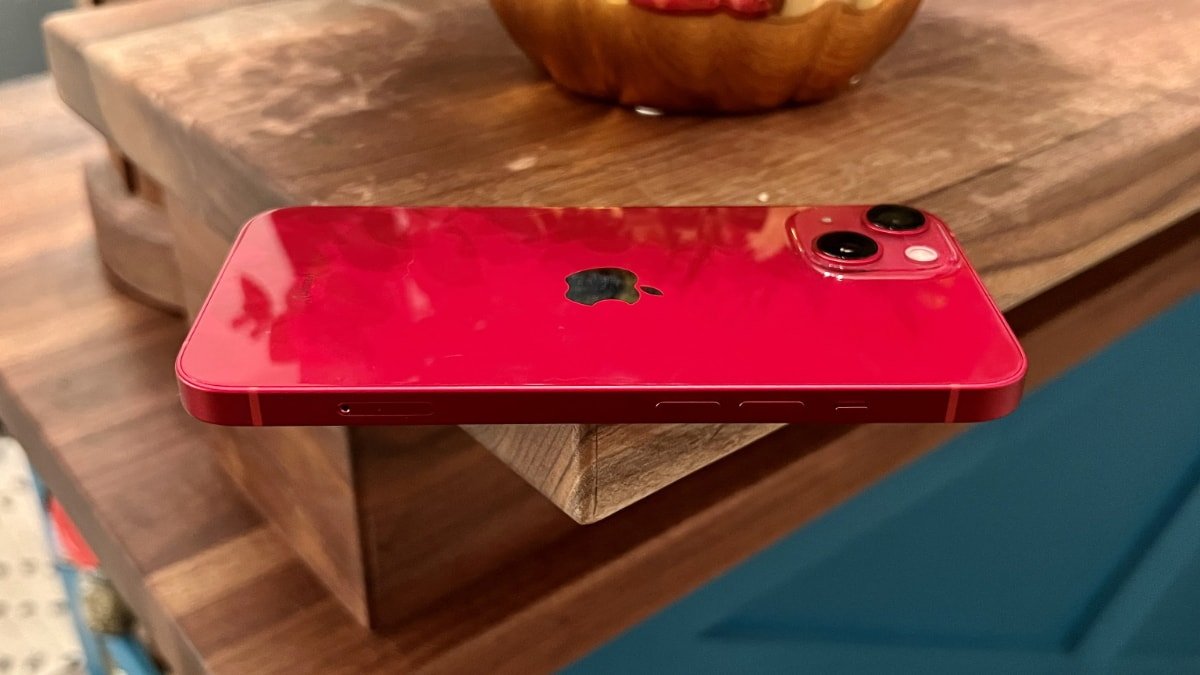
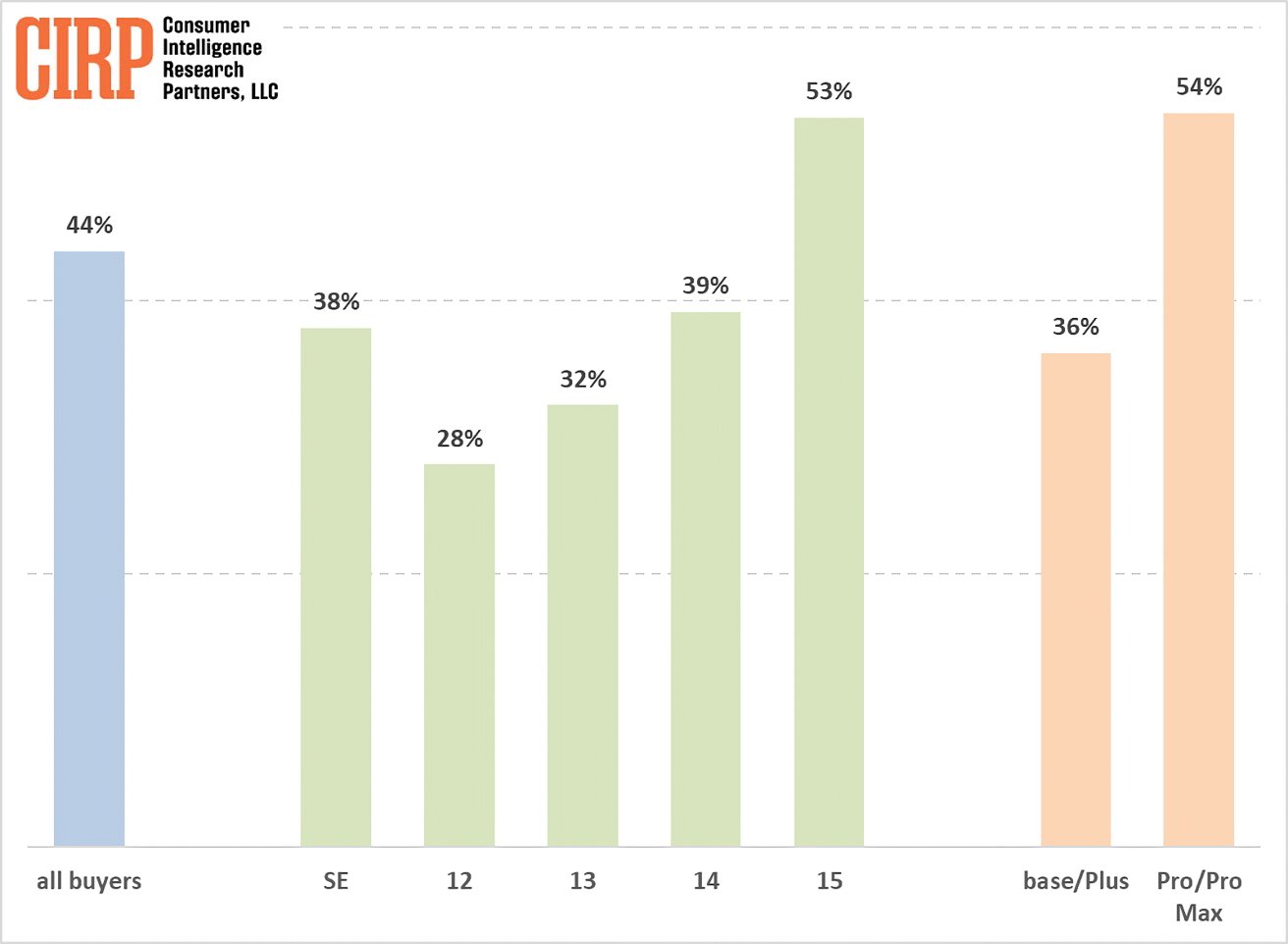

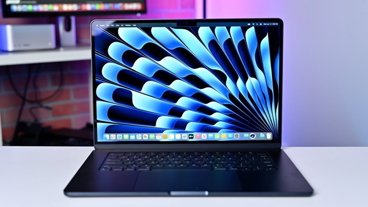





-m.jpg)






 Malcolm Owen
Malcolm Owen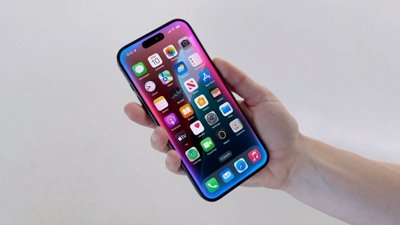
 William Gallagher
William Gallagher
 Charles Martin
Charles Martin

 Amber Neely
Amber Neely


 Christine McKee
Christine McKee


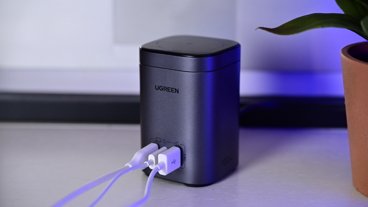


8 Comments
I have tried to avoid increasing my storage with Apple for that reason. Their hardware is pricey enough so I back most of my stuff up locally rather than have it stored on Apple servers since as we have seen not all are created equal. Dropbox comes to mind when I think about that, getting hacked twice in two years. I do have stuff on Apple and OneDrive but not stuff I would trust being accessed by Big Brother.
this is bitter sweet
higher memory now means more profits now
but it means these owners will stay with this iphone for a lot longer since they have tons of storage
so wont be upgrading to a higher capacity anytime soon
It is t lost on me that the IPP base price went up AUD$200 for the jump from 128GB to 256GB.
I bought more storage on my iPhone so I can load my entire music library I've collected over many years. Paid for itself in not needing to subscribe to Apple Music or iTunes Match.
If memory serves (pun intended) i seem to remember a recent article about how 128gb on an iphone is a lot of memory and correct for most customers. ???? And now this article. Lol.